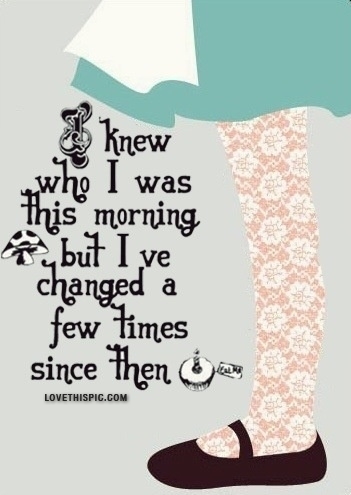Rajesh wrote a very interesting post recently on ownership, and how it would impact brand/marketing/purchase. My own view of ownership has undergone a massive change in the last couple of years, thanks to a combination of factors like increasing life spans, the changing nature of jobs, and the rise of on-demand services. Add to that extreme income disparity, economic flux, and technological advances that have the potential to create obsolescence faster than ever before, and I’m reasonably sure the concept of ownership is up for a revamp.
Rajesh brings up two factors that caused previous generations to value ownership – financial success (trophies) and asset building. If I have to analyse my own motivations in the past, both of these would find a place. If I dig deeper, I also see a couple of others. One would be lack of access on demand. (eg. music/movie CDs, books, even say, photographs) You can see how streaming and cloud storage have changed this. The other subtext I can vaguely discern is ‘control’. A car, home, all lend an air of certainty and being in control. Maybe it has something to do with growing up in middle class India which had quite a lot of experience with scarcity. But in the line of anti fragile thinking, the key skill going forward would be agility rather than trying to retain control. In essence, a whole lot of cases for ownership that no longer seem relevant.
I also agree to his point on identity, and would expand it, again from my own experience, to a ‘subscribed worldview’ that affects my consumption. The nuance is that my behaviour (still) undergoes shifts according to contexts and has an impact on both my identity in that situation and my consumption. As Alice would say,

(via)
The brands/content I consume (eg. Netflix , after paying them and the DNS proxy provider, as opposed to torrents ) and the ones I don’t (eg. recently #GiveUpThumsUp) are all manifestations of my worldview. The consumption is more ‘my interest’ based than influenced by mass consumption, increasingly. That is an indication of the ‘what’.
My awareness and consideration of the things/experiences I want to consume happen either by me going in search for it (Google) or by them appearing in my ‘newsfeed’. (social platforms, offline conversations, online/offline brand interventions) The scope for online/offline brand interventions is limited because I don’t read newspapers, only watch TV for Malayalam movies/ Bollywood new movies, don’t listen to radio unless the Uber driver plays it, read in the car, (deeming hoardings a blind spot) and only very occasionally visit malls. The ways a brand can reach me is limited.
But many brands do reach me thanks to digital. Netflix points me to content I’d like on the home screen and gets it right many a time. (The Bletchley Circle is the best example!) Threadless has catchy email subject lines, Amazon appears on my FB newsfeed with DPAs. Data sliced and diced to be me-centric, and catching me at micro moments. (though not as skewed to mobile as Google would like to propagate) On the other side, digital has given access to the long tail of brands/content producers to be publisher and media. So, Serial is able to do all this for its Season 2 launch. And brands tie up with publishers to create fantastic content. (native advertising, to use jargonese)
If I zoom back, I can see two key narratives. One, transience. The decline of ownership (consumer side) and the rise of micro moments (from a brand opportunity perspective) are both indicators of this. Two, relevance. In the days of limited media platforms, relevance took a back seat thanks to relatively few advertisers. But digital has changed that. The challenge for brands is not love/hate, but irrelevance.
P.S. A great post by Seth Godin in this context.
